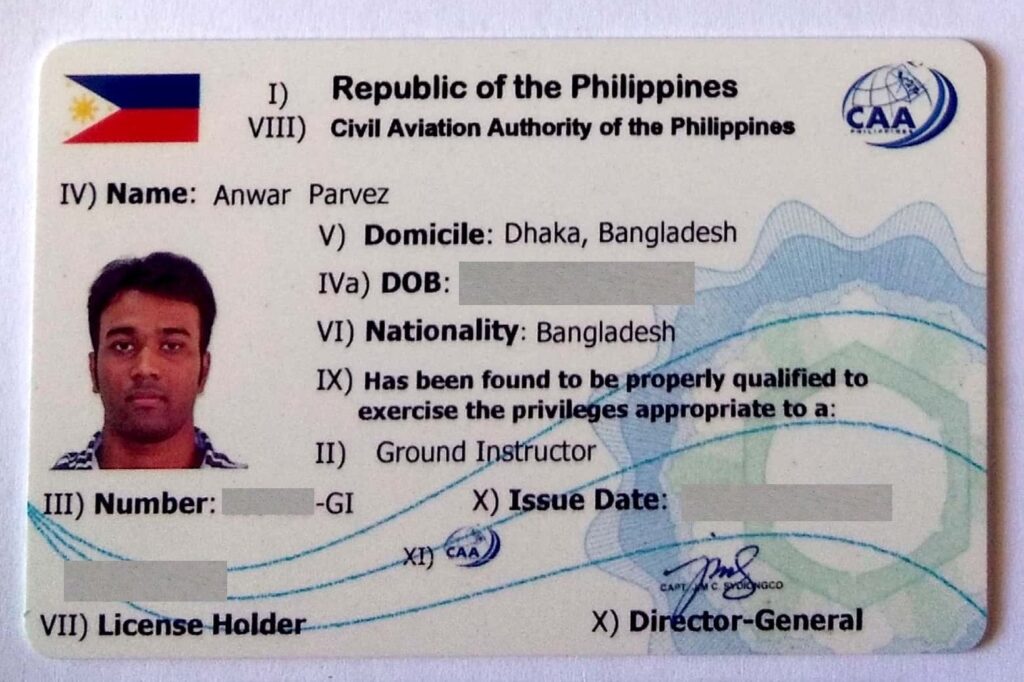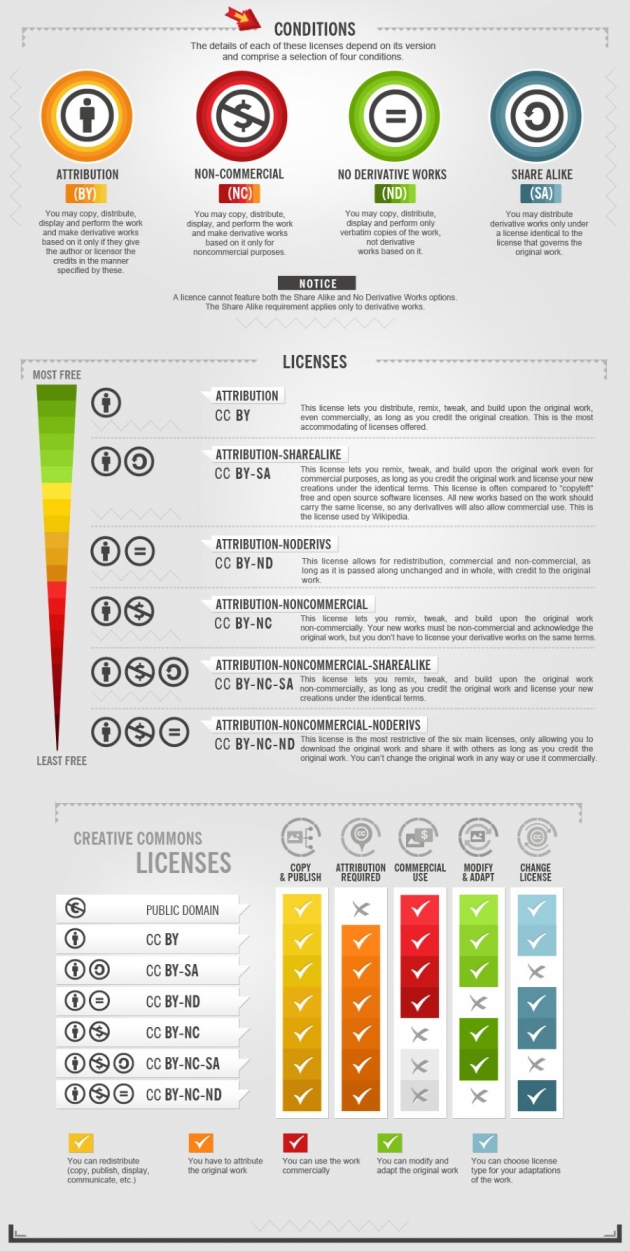

The requirements which you set for your licenses depends on the specific images and on the purpose of use.
PHOTOS DIFFERENT TYPES OF LICENSES LICENSE
Generally speaking, there are no right or wrong image license provisions. You can also combine compensation methods with one another an example of this would be agreeing upon a percentage compensation based on revenue and establishing a minimum license fee, which must be paid in case no revenue is generated.Ī good assistance for calculating the license fee in the UK is the licensing and usage calculator of the The Association of Photographers Ltd. Also common are flat-rate license fee models, which can be calculated using a unit license fee and a minimum license fee. Of course, this amount also varies depending on the specific negotiations between the contracting parties. It is oriented toward the net sales revenue of the licensee and lies between 3.5% and 12%. A common type of remuneration is the percentage compensation model. It’s also worth noting that there are also variations in remuneration models. Alternatively, many stock agencies also offer calculation tools that give a rough overview of what amount is usual for which types of use. Referencing the price list of others in your industry is a good way to get a general idea about pricing for comparable image licenses on the market.

Which types of use are permitted, how long and where the image license is valid, whether non-exclusive or exclusive rights of use are granted and whether the author is to be named also play a role in this. The amount of the licensing fee depends on various factors, but essentially on the scope of the license granted. So it can be arranged whether the remuneration should occur and, if so, how and when it is to be paid. The remuneration can be determined freely.


 0 kommentar(er)
0 kommentar(er)
